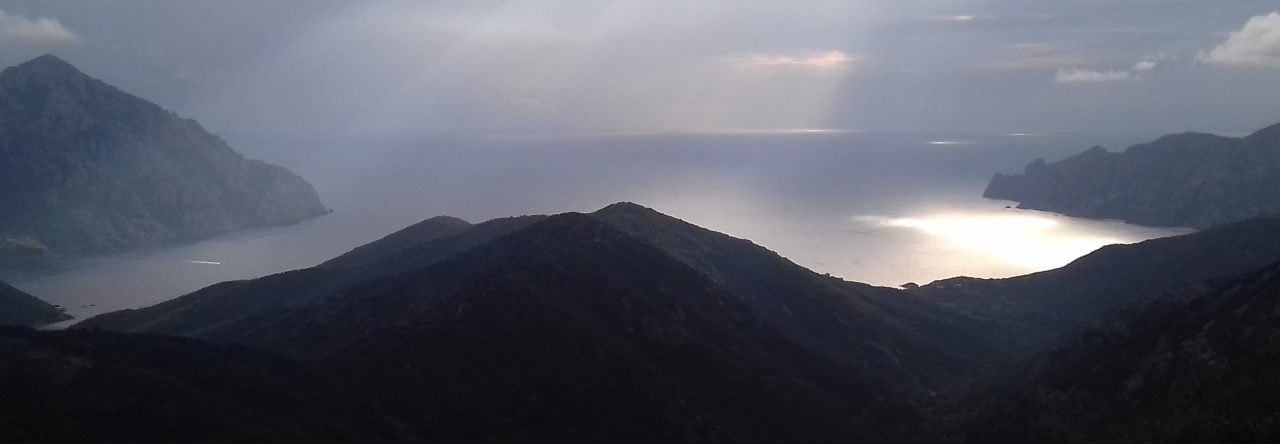
On the front – Redcar, it’s got it all!
Redcar has a huge golden sand beach, stretching for miles from the tip of the South Gare navigation light to the north west and curling round the town and beyond to the south east.
It is wide at low water but high tide brings the creamy white breakers right up to the foot of the grassy sand dunes that separate it from the golf course and above which loom the old industry that was, until 2015, Redcar steel works. Chimneys, water towers, covered conveyor belts and of course the massive (second largest in Europe) external skeleton of the Blast furnace. The last survivor of the Teesside steel industry, there has been a plant here since 1917, with the current deserted shell being opened in 1979 – just in time for Margaret Thatcher’s programme of de-industrialisation.

The South Gare is old maritime engineering, a massive breakwater constructed from the slag waste that spewed from Ironopolis as Middlesbrough was known in its smelting heyday. It was completed in 1888 – a response to the danger that ships in the harbour could be swept onto The Bar sand bank in a heavy storm. On one night alone in 1861 fifty ships were lost in this manner.
Straight in front of the beach is the Teesside Offshore Wind Farm, 27 white towers that gleam in the sun, their blades rotating steadily as they harvest the strong west wind. Behind them is the shipping lane, with tankers arriving laden in order to service the petrochemical works and others leaving in ballast.

Despite a new promenade and some interesting street art work the town feels tired and a little sad, as though it’s been let down – which it has. The closure of the steel works resulted in the loss of nearly 3,000 jobs and the attempt to rebrand as a tourist destination seems a bit stalled, although this maybe unfair, it is, after all the middle of February! Nevertheless, in the midst of seasonally shut cafes, fish and chip shops and run down guest houses there is one amusement arcade open which is belting out ‘That’ll be the day’ at high volume next to an ice cream parlour whose shutters are being raised in expectation of sales. It maybe February but it is half term week and children are on holiday.

Alongside the cars, vans and lorries in the carpark overlooking the beach are large populations of starlings and gulls, all scavenging for food – much of which is obligingly thrown from the open windows of parked vehicles. The gulls are more aggressive than the starlings. They soar uncertainly in the gusting wind in a thick white cloud above any opened window, trying to position themselves perfectly to swoop for those bread crumbs or fish batter as they hit the ground – where they will find aggressive competition and shrill angry cries. Some people walking with their fish wrappings to the rubbish bin are mobbed by the birds – many tip the remains of their meal onto the ground before pushing paper and boxes into the bin. A feeding frenzy is inevitable.

The beach itself is teeming with figures and activity. There seems to be dog walkers at virtually any time from early morning to late at night, along with runners and cyclists. These are joined during the day by horse riders, sand yachts, kite surfers, board surfers and of course young families building sandcastles, flying kites, kicking balls and trying to shelter from the wind behind collapsing wind breaks.

Leave a Reply